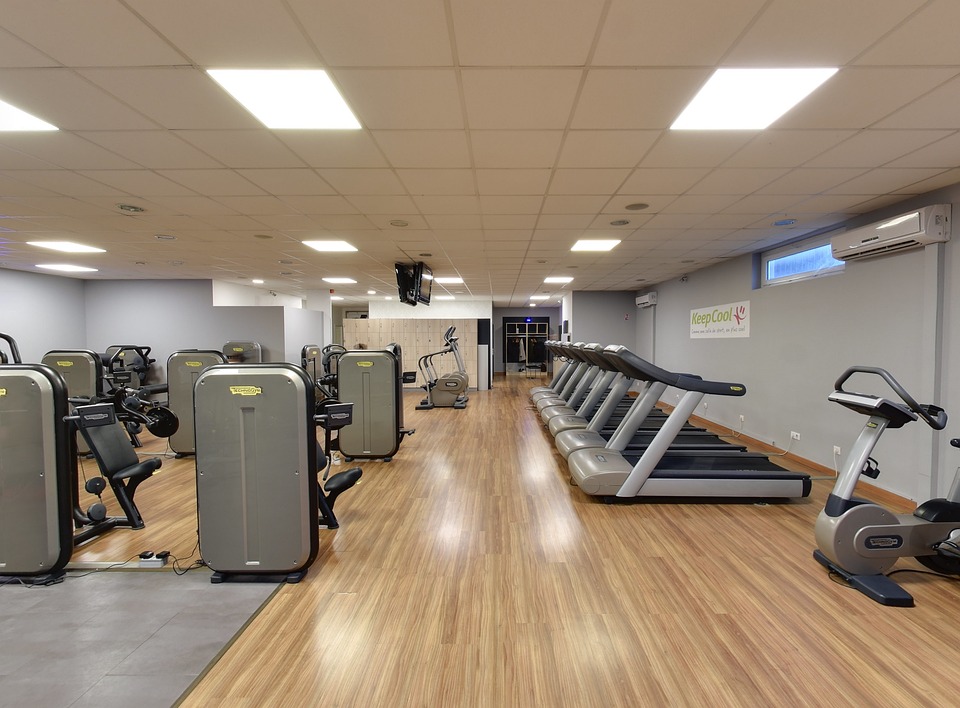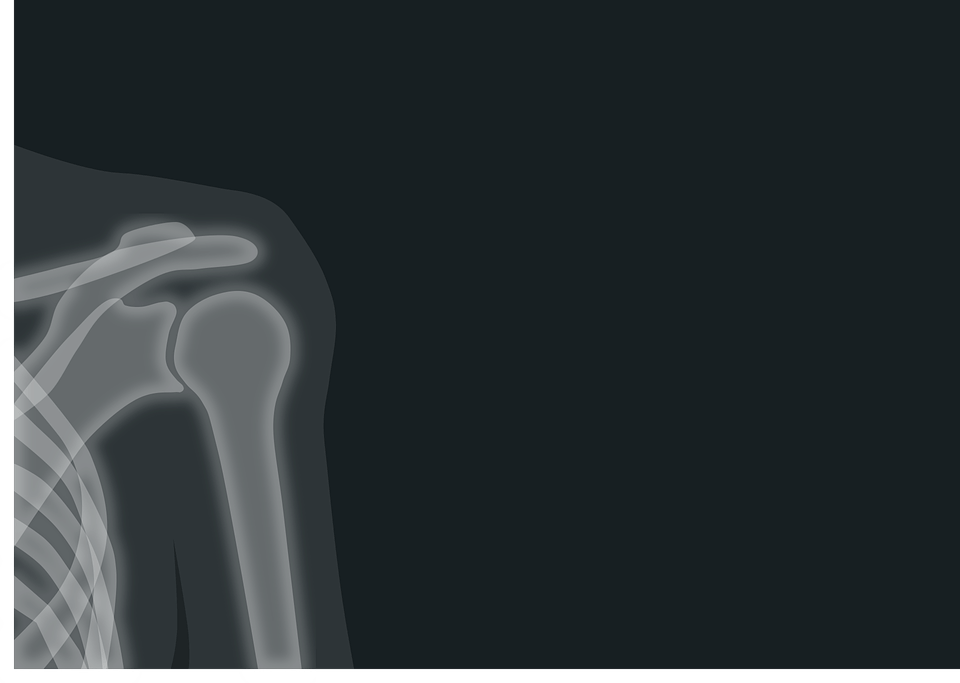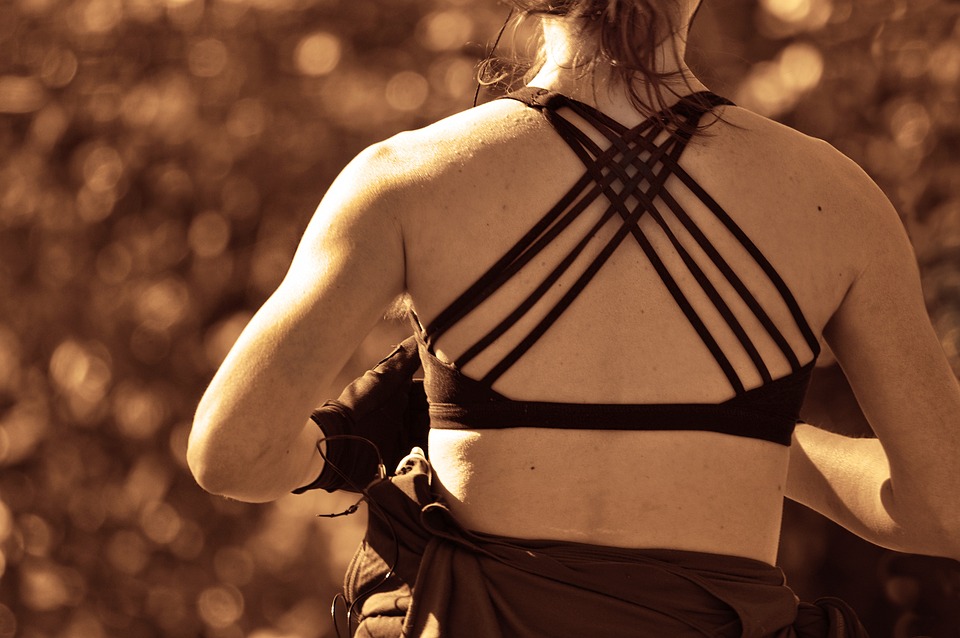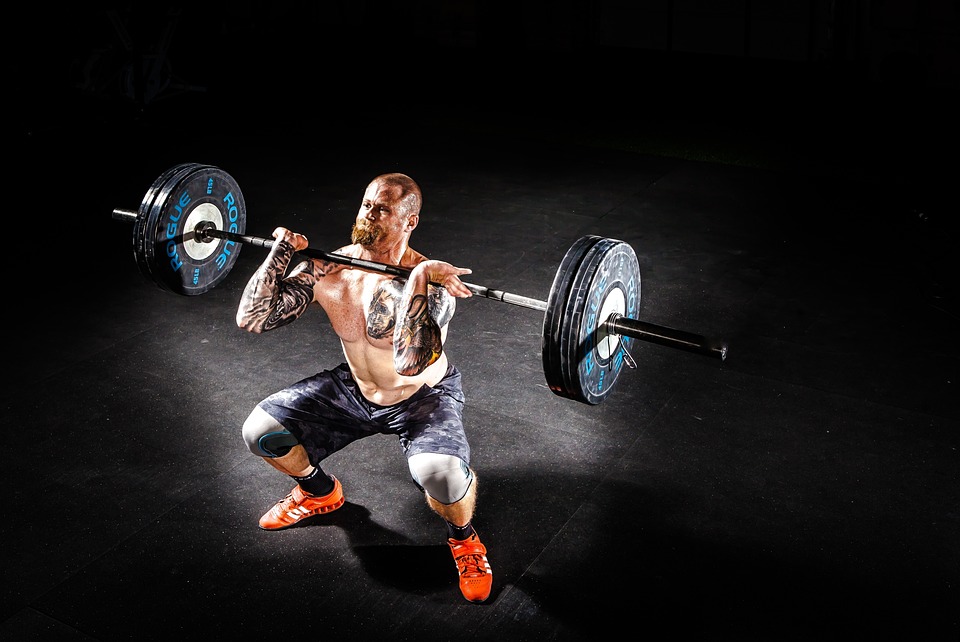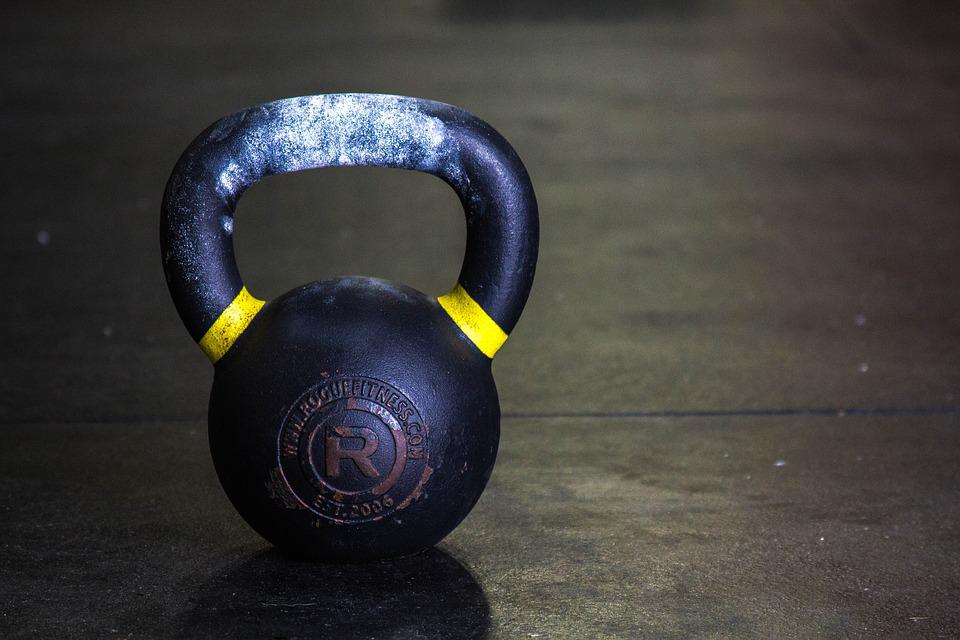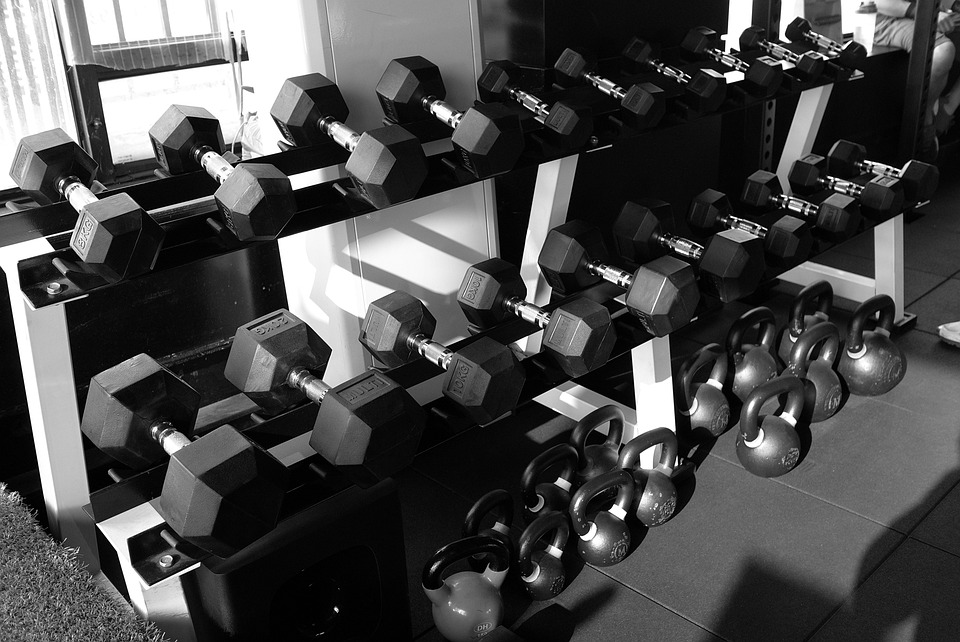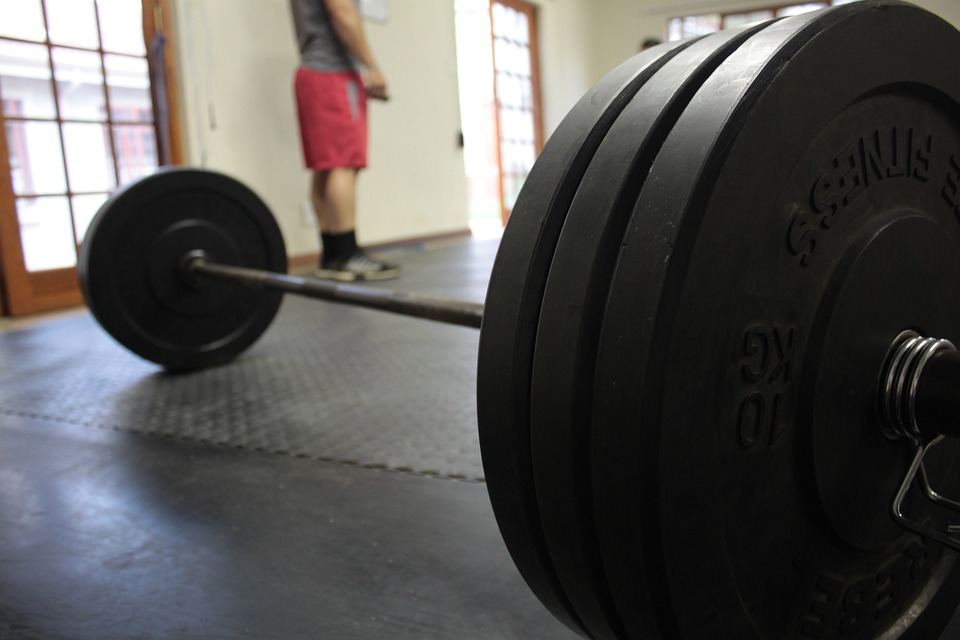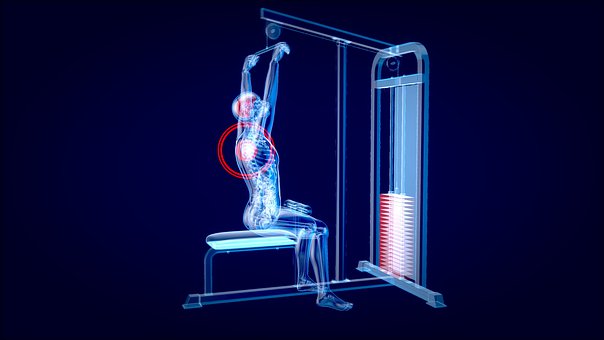
The lat pulldown row, more usually known as a lat pulldown, is a multi-joint strength training exercise focusing on the latissimus dorsi, pectoralis major, rotator cuff, and biceps brachii. This exercise is particularly suitable for beginners and is often used to strengthen the back, shoulder, and bicep muscles.
An advantage of doing lat pulldown rows is that they are exercises that do not involve closed kinetic chain movements. You apply a force to a stationary object to overcome its immobility of it when doing open-chain exercises. Below are the advantages of learning how to do lat pulldown rows properly:
- Widening the appearance of your back
- Strengthening the lats, which are commonly used muscles
- Improving your form in other exercises like squats and deadlifts
- Building your grip strength
This exercise is incredibly varied because of its various forms that target various muscles, which is what makes it so versatile. Athletes who compete professionally often rely on the lat pulldown exercise to build strength in their back, shoulders, and biceps. Additionally, this exercise is beneficial in enhancing the definition, making it popular among bodybuilders.
Prior to increasing the weight on the lat pulldown exercise, it is important to make sure that the form is correct and that the technique is perfected. If the correct form is not followed, likely mistakes will be encountered such as hunching the back, relying on body weight and impetus to lower the weight, or not bringing the weight down far enough. Making common errors can result in muscle tension and joint discomfort.
If you aspire to go beyond merely building up your vanity muscles and increasing your overall strength, keep reading to discover more about this successful back workout. This article covers the right way to do a lat pulldown row, different kinds of exercise, problems that can happen, and how to avoid them.
How to Perform Lat Pulldown Row with Proper Form?
- Approach a lat pulldown machine with a bar that allows you to maintain a grip outside of shoulder width
- Adjust the thigh pad to a height where you can keep your shins relatively perpendicular to the floor
- Grab the pulldown bar with your palms facing forward at a grip outside of shoulder width
- Place your knees under the knee pad and sit down
- From this position, arch slightly at the upper back so that your chest is sticking out some
- Next, depress and retract your scapula to lock your shoulder blades in place
- Maintain this position and do not let your shoulder blades protract
- Maintain a flat neutral back throughout the rest of your spine
- Take a big breath and begin pulling the bar down by pulling your elbows down toward your pockets
- Bring the bar down to touch your clavicles while keeping your upper back arched
- Concentrate on squeezing your upper back muscles at the end position
- Slowly return the bar back to the starting position
- Do not change your back position in an effort to artificially make it seem like you are bringing the weight lower
What Are the Stages of Conventional Lat Pulldown Row?
Familiarizing yourself with the steps in the traditional lat pulldown row will ensure you perform the exercise correctly. In addition, you will be able to activate each muscle involved in the activity to gain strength more productively.
In a typical lat pulldown row you should be seated with your palms facing upwards and your hips bent at an angle of 70-80 degrees. Your hands should be placed beyond your shoulders on the bar and you bring the bar closer to your torso.
This is how to do the standard lat pulldown row.
1. Grasping the Bar with a Wide Grip
The aim of this process is to put you in the right beginning spot. Holding onto the bar the wrong way can lead to a discrepancy between the strength of your left side and your right side. Hold the bar in each hand, positioning them equally far from the middle in order to work both sides of your body equally.
Begin by taking hold of the bar slightly wider than the distance between your shoulders. Ensure that both of your hands are the same distance away from the center. Find a spot on the seat and sit down with your feet flat, your legs bent, and make sure the thigh pads are up against your thighs. Sit back slightly at an angle of 20-30 degrees while keeping your abdominal muscles tight, but maintain a mostly straight position.
2. Pulling the Weight Down
At this point, you pick up the weight you want to use from the selection of weights. You need to pull the weight to gain strength. You may make errors if you do not select an appropriate difficulty level based on your skills. For example, if the weight you’re lifting isn’t enough, your muscles won’t gain strength, and if you lift something too heavy, you’re likely to perform the exercise incorrectly.
Ensure that you choose a weight that is difficult enough for you to do the exercise in the right way. Bring the bar towards you while bending your arms as it is done. Contract your shoulder blades to make it easier to lift the bar to your torso. You should sense a slight tug in your chest muscles when you stiffen your back and shoulders.
If you have problems with the movement of your shoulders, try to get your upper arms in line with the ground with your elbows bent to form a 90-degree angle.
While you are pulling, make sure to engage your abdominal muscles so that your back does not slouch. Make sure that your neck is in line with your spine and your shoulders are relaxed. You should not just give a shrug or protrude your head forward. Additionally, try to keep your body still to concentrate the tension on your lats and shoulders.
This portion is the concentric phase. You should exhale while pulling the weight down.
3. Waiting for a Second at the Lowest Point
If you take a moment at the farthest point of the exercise, you will be able to boost the intensity of the workout in your shoulders, arms, and back. This measure can assist you in growing bigger muscles rapidly, but it is not obligatory to pause.
Maintain contact with the bar at the level of, or just above, your chest for a single second. It will challenge you, but it’s worth it.
4. Slowly Releasing the Weight Back to the Top
Letting go of the bar too soon may result in you straining your back or relying too heavily on the impetus of the motion. No matter what, your muscle growth won’t be as successful as if you released it bit by bit.
Begin by extending your arms so your elbows are almost straight. Release your shoulder contraction as well. Make sure that you keep your muscles active and under control throughout the process of eccentric muscle action.
Try to inhale as you release the bar.
How to Determine Proper Weight for Lat Pulldown Row?
What weight should you use for a lat pulldown row depending on your objective? Would you like to focus on increasing your stamina, building muscle mass, or improving strength? For endurance, you would complete 15+ reps. Strength requires 1-5 reps, and hypertrophy means 8-12.
When you are engaging in strength training, select a weight so intense that you are not able to complete any extra repetitions after your set is completed. Going with a lighter weight won’t get you the results you want. If the weight you are lifting is too much, you are likely to use the improper form or not finish the repetition.
By using a pulley system for lat pulldowns, it is easy to find the maximum weight. Start at the lowest weight on the machine. If you are able to do ten repetitions easily, increase the amount that you’re lifting. Keep going until you reach a weight at which you cannot do more than 10 reps. Be sure to take breaks between exercises to avoid becoming overly fatigued and effectively assess your maximum lifting capacity for a set of 10 reps.
If you are looking to increase your stamina, use a lighter weight than this one. For hypertrophy, you can stay at this level. Lastly, building strength will require a heavier weight.
Benefits Of The Lat Pulldown
- Strengthens the upper back muscles, the biceps, the forearms, and the latissimus dorsi muscle
- Provides versatility by allowing you to change the width of your grip
- Trains the same muscles as a pull-up, which makes it a perfect substitute for those who cannot do full range-of-motion pull-ups
What Muscles Does The Lat Pulldown Work?
- Latissimus Dorsi
- Rhomboids
- Posterior Deltoids
- Middle and Lower Trapezius
- Biceps
- Forearm Muscles / Grip Strength
In total, the lat pulldown will enhance the majority of muscles located in your upper half. Nonetheless, it primarily targets the latissimus dorsi muscles, resulting in a broad back.
Common Lat Pulldown Mistakes
Not Bringing The Weight Down Far Enough
If you do not use the full range of movement during an exercise, you are failing yourself since you are not activating all of the muscle’s strength. You don’t need to brush against your collarbones on each rep but concentrate on bringing the bar up to your throat height.
Allowing Your Shoulders To Internally Rotate At The Bottom
Many people starting a training program make an oversight of not keeping their shoulder blades rotated outwards.
When you do a lat pulldown, your shoulder joints turn inward if the load is too much or you are doing too many repetitions. Maintain an arch in your upper back and draw your shoulder blades towards your back.
Don’t attempt to complete the last repetition of your set if you cannot do it – do not put pressure on yourself to make the weight reach your collarbone. This will lead to damage to your shoulder joint which could result in pain in the front of your shoulder.
Using Excessive Motion Of The Spine To Lift The Weight
You should not rely on momentum to lower the weight. If you are using too much weight, your spine is immoderately moving. Do not alter the angle of your back significantly while you are lifting.
FAQs (Frequently Asked Questions)
Should You Touch Your Chest On Lat Pulldowns?
You should bring the bar down to below the level of your chin on lat pulldowns, though it does not need to come into contact with your chest. When engaging in this activity, concentrate on drawing your shoulder blades back and pushing your arms down toward your rear pockets.
Should You Lean Back On The Lat Pulldown?
When doing lat pulldowns, try to lean back a bit while arching your upper back; however, make sure the rest of your back is held in an unchanging position.
Is The Lat Pulldown A Compound Exercise?
The lat pulldown is a compound movement that works out multiple muscle groups in the back and in the arm.
Can Lat Pulldowns Help With Pull-Ups?
The lat pulldown exercises the same muscles as the pull-up, so it could be useful in building strength. The issue is that you need to put in the work of doing pull-ups in order to improve.
For those who are just getting started, lat pulldowns are a good place to begin, but if you want to improve at pull-ups, it is important to incorporate them into your routine. In our tutorial about pull-ups, we provide a simple method to start practicing this exercise.
Are Pull-Ups Better Than Lat Pulldowns?
Exercises that involve lifting free weights or using one’s own body weight are usually more beneficial than those done with machines. If it comes down to choosing just one exercise, I would suggest pull-ups.
“Having stated that pull-ups are more taxing as they necessitate the involvement of your entire physique and core muscles.” You can do lat pulldowns if you would like to focus on just the back muscles, rather than using the rest of the body.
Should I Do Lat Pulldowns With An Overhand Or Underhand Grip?
I recommend that you stick to an overhand grip. An overhand grip is more likely to engage your back muscles rather than an underhand grip that primarily exercises the biceps. You have other options for exercises that will focus on your biceps. Let the lat pulldown work your lats.
Can I Do Lat Pulldowns Behind The Head?
Lat pulldowns should not be performed behind your head. The lat pulldown done from the back of the neck can be hard on your shoulder and rotator cuff muscles. Doing this exercise will give you all the advantages you need for your physical well-being.
Conclusion
The lat pulldown is among the most helpful pieces of equipment found in a weight room. It makes it possible to engage a lot of muscles simultaneously, which makes it among the most effective exercises you can do.
If you can’t do a pull-up, the lat pulldown can be a fantastic substitute to get a similar outcome.

